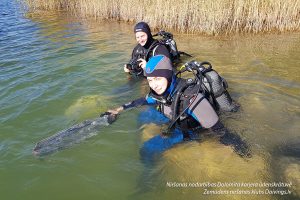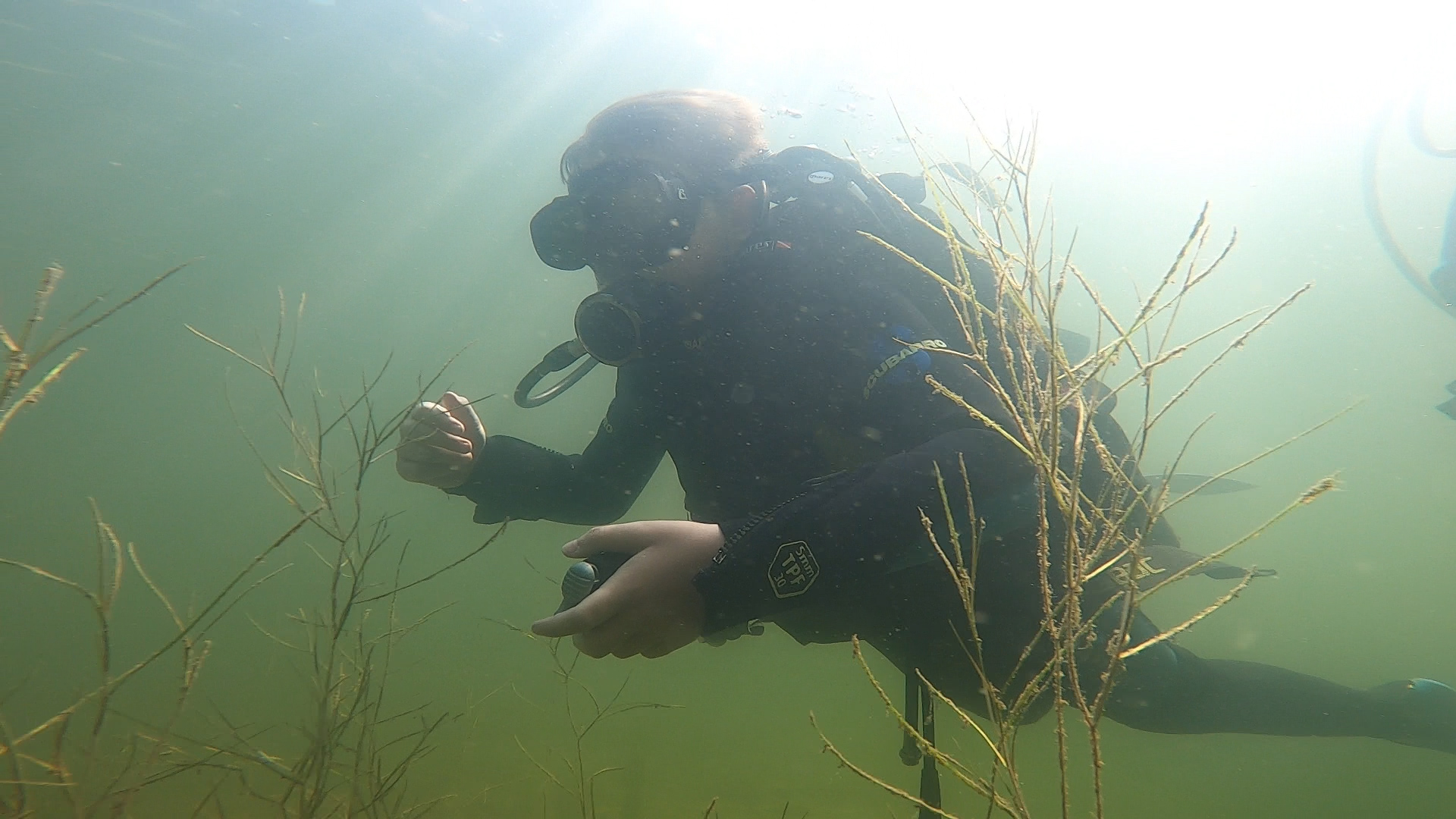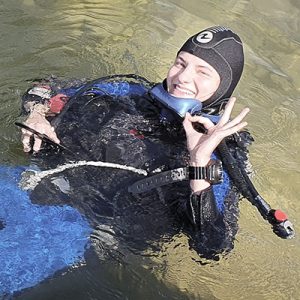Both diving and snorkeling are great activities for anyone who loves the water and wants to learn about lakes and marine life in their natural environment. The main difference between snorkeling and scuba diving is the type of air supply. Scuba breathing allows you to stay underwater longer and dive deeper, but requires additional training and diving equipment.
If you love snorkeling and are interested in scuba diving, read on to learn how to get started! You don't have to like snorkeling or diving to enjoy the other.
Table of Contents
Snorkeling or scuba diving, the difference: Air supply
Scuba divers wear a balloon on their back (or next to their body) and breathe air from the balloon through a mouthpiece attached to a durable hose. In contrast, snorkelers breathe air from the surface through a tube. If you don't already know, the word 'SCUBA' is actually short for 'scuba diving'. SCUBA – stands for self-contained underwater breathing apparatus.
Snorkeling or scuba diving, difference 2: equipment
Divers wear much more equipment than snorkelers. The breathing apparatus described above is called a regulator. Divers also need a buoyancy control device, or BCD. The most common type of equipment for a BCD is an inflatable vest, but there are other ways to adjust buoyancy. Divers wearing dry suits, Drysuit diver, you can also inflate and deflate your drysuit, which has an air connection from a balloon, for buoyancy control.
What's all this buoyancy stuff about? Simply put, divers don't want to be too heavy or too buoyant. Part of learning to scuba dive is finding the right balance between the weight you're carrying and how much air is in your buoyancy control device.
Divers also have small submersible computers and/or gauges to track how deep they are and how much air they have left. Computers/meters can be attached to a group of hoses known as an octopus or worn as a wristwatch.
Both divers and snorkelers wear a mask, snorkel and flippers. Most high-quality snorkel masks can be used for scuba diving, but most snorkel fins are designed for warm weather. Diving fins are designed to move divers and their equipment through the water with minimal effort. If you have a snorkel kit and want to learn to scuba dive, show the instructor your snorkel mask and flippers before your first session in the water.
In addition to snorkeling equipment, both divers and snorkelers usually wear some form of protection against exposure to the cold. Divers usually wear a wetsuit (either a full wetsuit or a short); but in tropical water, some may wear only a diving skin, rash guard and trunks, or just a bathing suit.
Learn more about the equipment you need for scuba diving.

Snorkeling or scuba diving, difference 3: maximum depth
The average snorkeler can swim 3-4 meters deep. Experienced snorkelers can reach 7 meters. For comparison, experienced divers can descend to a depth of 40 meters. Don't worry, scuba diving students aren't expected (or allowed) to dive that deep. Yours PADI Open Water Diver it is unlikely that you will dive deeper than 12 meters during your scuba certification course.
Snorkeling or scuba diving, difference no. 4: What you can see
One of the main benefits of scuba diving is how much more you can see of the underwater world. Unlike snorkeling, you are not limited by how long you can hold your breath. You can explore deeper and stay longer, which means you can:
- Wait for the crab or the octopus to come out of its cave
- Watch how the predatory fish behaved - perch, pike and catfish
- Enjoy the swimming harmony of different colored fishes
As a diver, you can also explore shipwrecks, ride underwater scooters and experience the underwater world at night. If you want to become a freediver, take the course PADI Freediver you will learn the steps of freediving!

Snorkeling or scuba diving, difference 5: training time and cost to get started
If you already know how to swim, learning to snorkel is pretty easy. People of all ages can learn basic snorkeling skills in 30 minutes or less. Learning to scuba dive requires at least three (usually four) days of training in the water. There is also a theory study component that covers scuba diving terminology, explains buoyancy and other essential aspects of diving. Most diving students use the PADI online training program with an instructor. Training in the water requires a minimum of four days; upon completion you receive Open Water Diver Certificate (which is valid for life).
Where to apply to get training related to snorkeling or diving in Latvia?
🤿😀 If you are looking for advice or help, call a PADI diving instructor t. 220-77-202 (Whatsapp 220-77-202) to find advice and engage in snorkeling or diving course training.


